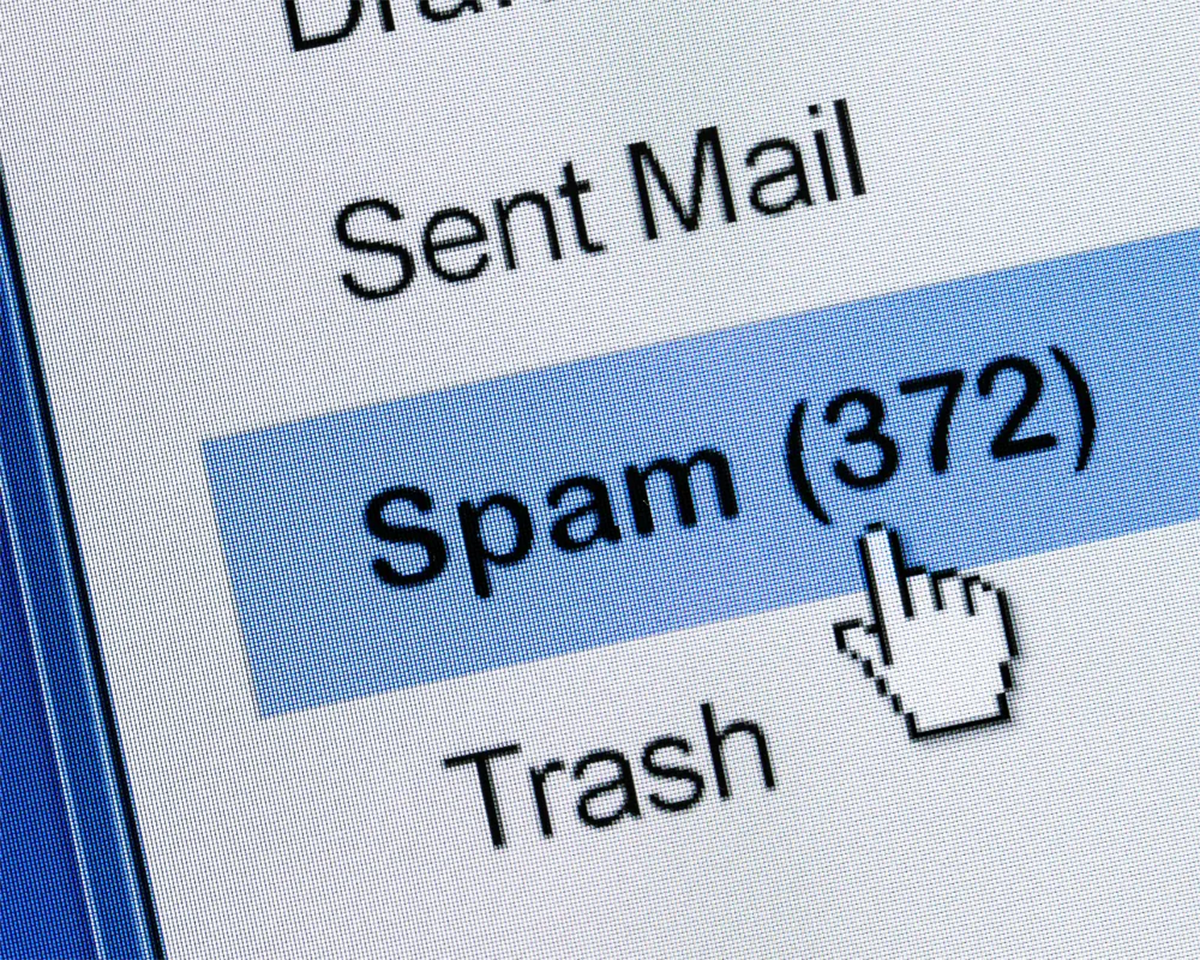Ready to create more pipeline?
Get a demo and discover why thousands of SDR and Sales teams trust LeadIQ to help them build pipeline confidently.





Get a demo and discover why thousands of SDR and Sales teams trust LeadIQ to help them build pipeline confidently.
Despite other modes of online communication, email remains the most preferred channel for business communication. According to recent data from Radicati, 128.8 billion business emails are sent and received every day.
The hard truth is one in five emails never reach the inbox. Email bounces are one of the trickiest aspects when it comes to being a sales development representative (SDR). Deliverability issues can destroy your open and click-through rates, engagement, conversions, and outreach as a whole.
Email deliverability is a set of steps or processes that happen in order to place your email in someone’s inbox. Just because you have a valid email address and are sending your message to another valid email address doesn’t mean your message will actually get delivered.
Let me paint a picture for you. When you hit the send button for an email, the ISPs and email servers of your recipient go through a checklist before allowing you access to that inbox. They look at things such as the content and your sender reputation.
Your sender reputation includes abuse reports, volume, blacklists, and spam traps. Your content will go through a screening, asking if the content is spammy or too promotional (text-to-image ratio, long links, text-to-HMTL ratio) or if it contains spam trigger words.
Cold email deliverability works a lot like credit scores. Every sender, mail server IP address, and domain has a separate reputation among the various inbox providers (Google, Outlook, etc.). Similar to getting a loan, if you have bad credit, you cannot get the loan. If your company has no reputation or a bad reputation, your emails will never get delivered.
Companies not sending millions of emails per month generally share outgoing email servers with other companies through service providers, pooling their sending reputations together. Think of this as having a cosigner on your loan with a good reputation. If you get spam complaints or too many bounces, it could hurt every company in that pool. This could put you in "spam jail" for several weeks. Companies that are not apart of email server pools have to be just as cautious with their reputation. They may have to be even more mindful with building their reputation.
If you are a sales rep sending cold emails, you’ll want to avoid a bounced email.. There are two types of email bounces that can impact your email delivery when prospecting: hard and soft bounces.
The three main attributes considered for sender reputation are: the content within the email, the sending IP address and domain, and user feedback.
Email content includes what words are in your email, media content, attachments, links, and how often you reuse the same email over a period of time to that provider's customers. As mentioned above, you want to avoid creating content that is spammy or too promotional. Avoid long links, and be mindful of your text-to-HTML ratio.
Your email sending address, SMTP server IP address, and company domain will be important when an email provider decides whether to accept the email. Enhance your reputation by sending credible emails to your customer base.
Spam complaints from multiple customers using an inbox provider could result in a blacklist faster than these other factors. Only send emails your prospects will want to receive, personalize, and avoid email blasts.
Here are six tips for your cold emails that will help you preserve and even build a good reputation.
Overall, when prospecting, it's important to be aware of what you are sending and how it may affect your reputation. It's essential to understand how email deliverability works and how to avoid soft and hard bounces, as well as preserving your email reputation. Implement our six tips for keeping a good email reputation and avoiding spam jail. It's easy to push quantity; it's not easy to push quality. Take the extra step to have quality emails—it’s always worth it.
Subscribe for updates.